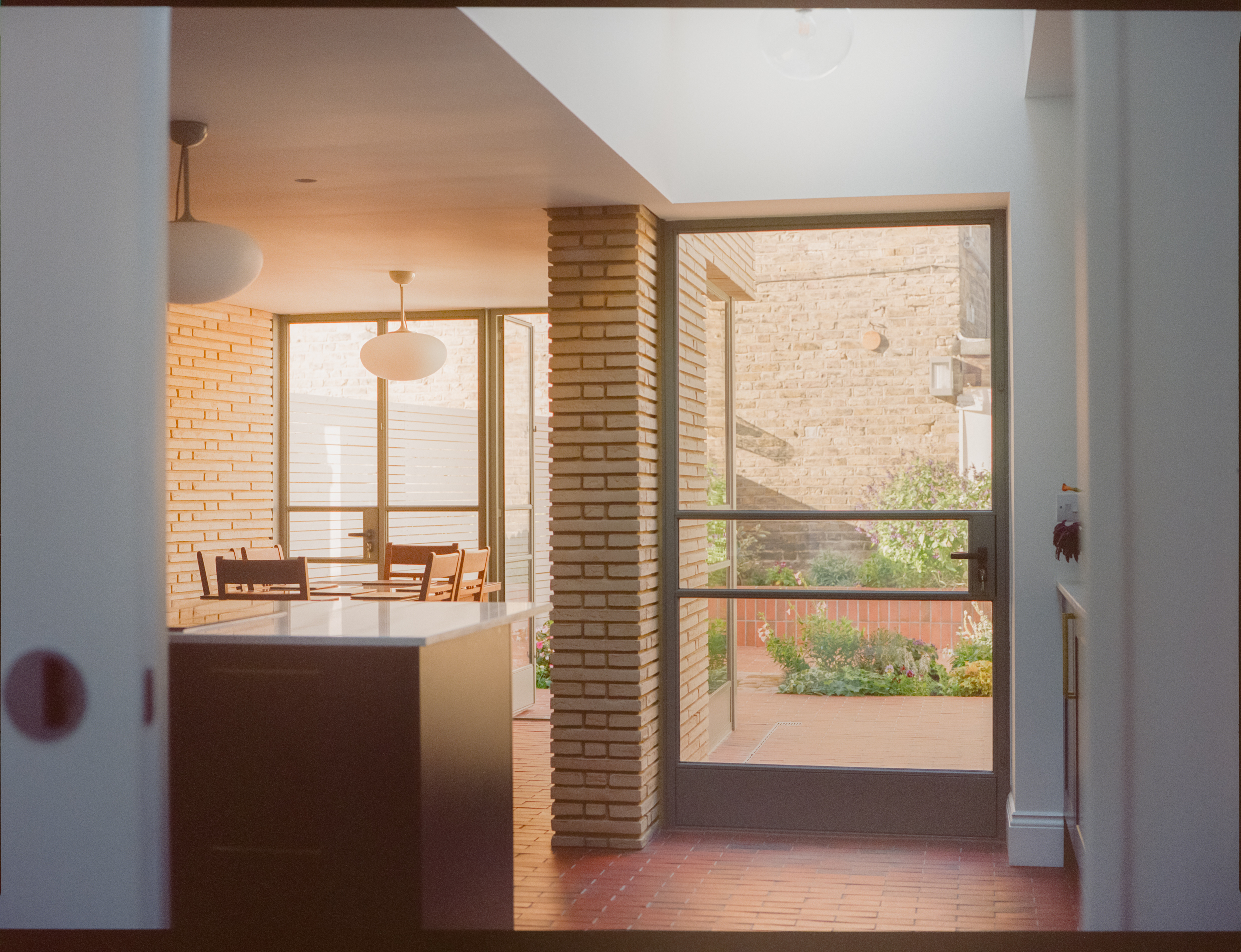In this article, we’ll explore some common construction methods for house extensions and help you decide which option is best suited to your brief.
Featured image from Rhys, architect from London. See more and shortlist him for your home project here.
Traditional brick and block
One of the most common construction methods for house extensions is the traditional brick and block technique. This involves building walls with bricks and blocks and leaving a cavity in between filled with insulation. This method is known for its durability and is easy to match with the existing house. Brick and block construction is also energy-efficient, as it is good at retaining heat.
Timber frame
Timber frame construction involves constructing a frame using timber studs and filling the cavity with insulation. The exterior of the extension can be finished with different materials, including brick, render, or timber cladding. Timber frame construction is relatively quick and easy and less disruptive than traditional brick and block construction. It is also an excellent choice if you want to achieve a modern or contemporary look.
Structural insulated panels (SIPs)
Structural insulated panels (SIPs) are panels made of a layer of insulation sandwiched between two sheets of oriented strand board (OSB). They are lightweight, easy to handle, and quick to install. SIPs can be used for the walls, roof, and floor of an extension, making them an efficient and versatile option. They also provide excellent insulation, making them highly energy-efficient.
Precast concrete panels
Precast concrete panels are large, precast sections of concrete manufactured off-site and then assembled on-site. This construction method is quick and easy and better suited to larger extensions. Precast concrete panels are durable and can provide excellent sound insulation.
Modular extensions
Modular extensions involve constructing the extension off-site and then delivering it to the site for assembly. This construction method is relatively quick and easy and less disruptive than traditional brick and block construction. Modular extensions are also highly customisable and can be designed to match the existing house. They are ideal for those who want a fast and efficient extension solution.
Mortgages on non-standard construction methods
Getting a mortgage on a house with an extension built in a non-standard construction method may be more difficult than obtaining a mortgage for a conventional brick and block built property. This is because lenders generally prefer properties that are built using traditional construction methods as they are considered less risky and easier to value.
However, some lenders do offer mortgages for non-standard construction properties, including those with extensions built in alternative construction methods. These lenders may have specific criteria that must be met before they will consider offering a mortgage. For example, the property may need to have a specific level of structural warranty or be certified by a structural engineer to ensure that it meets the required building standards.
Finding the right architect for your extension project
If you are looking for an architect for your extension project, we can match you with the best for your requirements. It’s completely free to use – just tell us what you’re looking for by clicking the link below.
- Quickly see who’s interested in your job.
- Create a shortlist.
- Invite up to three for a no-obligation consultation.
Emily Design for Me


